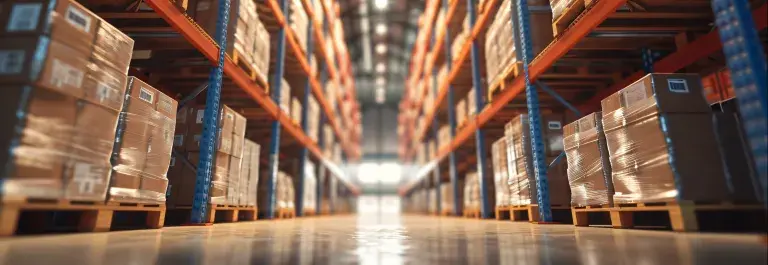Chain of Custody Models and Definitions Guidance
Chain of custody models enable the transfer of information through certified supply chains. They underpin the claims that can be made about an approved or certified product. A range of models exist that enable different claims, and track different data points, and set various controls on the flow of materials through supply chains.
The ISEAL Chain of Custody Models and Definitions Guidance provides a shared baseline reference for different Chain of Custody (CoC) models, supporting consistency in understanding and implementation across different industries and sustainability systems. Since its publication in 2016, this guidance has been a valuable resource, helping industries navigate the link between CoC models and credible claims.
In 2024, we launched a revision of the guidance, as the use of chain of custody models has evolved since the guidance was first written. This evolution has been driven by the availability of technology, emerging regulation requiring responsible business conduct, and the need for data to inform sustainability targets and progress reporting. An expert working group was set up to guide the revision process, which consisted of a 75-day public consultation on the guidance, receiving over 340 comments from 28 organisations.
The guidance is set to be published in May 2025, with additional materials and guidance to be produced over the course of 2025. The revised guidance includes a new section on the theory behind chain of custody, as well as a model that is gaining traction across sectors – Controlled Mass Balance.
Contact Jessica Fryer – jessica.f@isealalliance.org - for more information about the guidance.
